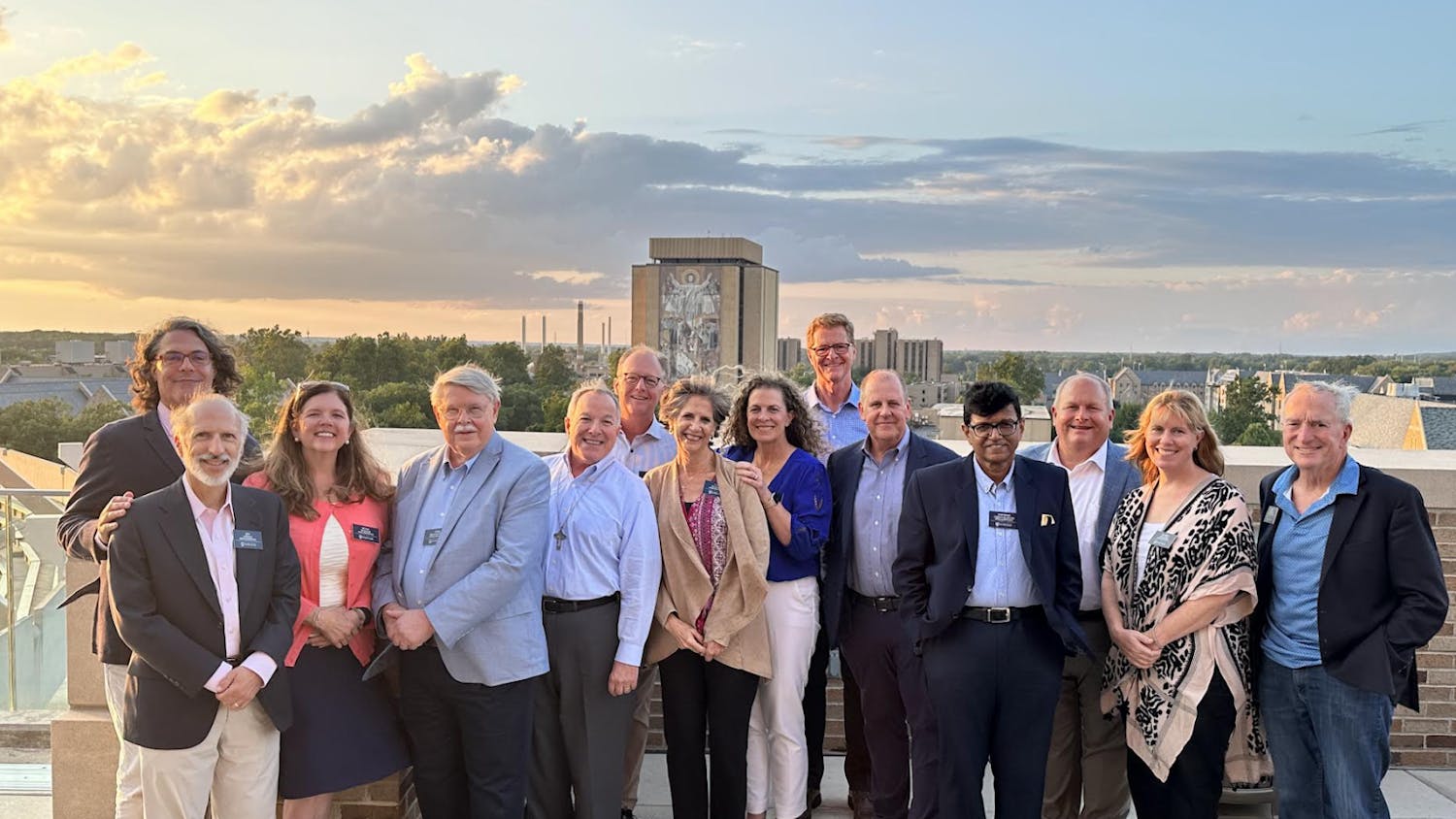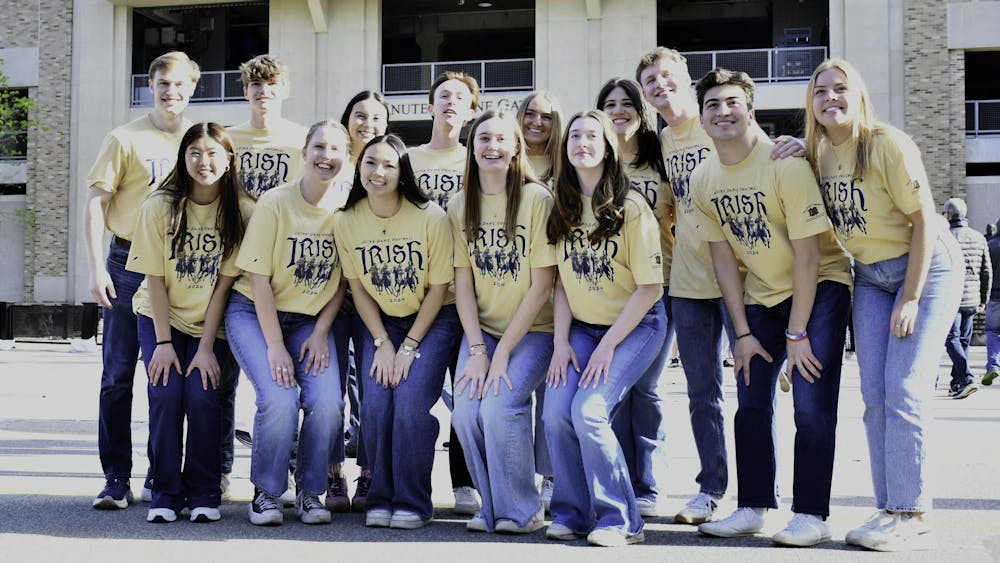The University’s physics department hosted a colloquium on Wednesday featuring Elizabeth Simmons, a distinguished professor of physics at Michigan State University, who gave a talk entitled “Moving Toward Gender Equity in STEM.”
The first part of Simmons’s lecture focused on the context of the situation and the current statistics on women pursing education and careers in STEM fields. To do so, Simmons used graphical data and research results called a “scissors plot” that illustrated the sharp decline in the percentage of women who pursue degrees and advanced degrees in STEM fields, particularly physics, despite the nearly 50-50 gender divide in background high school science classes.
“This is a problem for physics, and this is a problem for STEM, because we are losing talent at a time when more and more of the really interesting jobs in the country require you to know something about science, and there are more and more jobs in the scientific and technological fields,” she said. “People are being cut out of these opportunities.”
Simmons said the gender difference in STEM fields is also illustrated by the discrepancies between the resources provided to men and women. Women tend to have less access to professional resources like funding, lab space, equipment, travel money and clerical support, she said.
“This certainly is placing the women at a disadvantage in terms of career advancement,” she said.
Some of the causes that contribute to this type of environment in the STEM disciplines — such as implicit bias, gender schemas and stereotype threats — promote judgments and viewpoints that produce different treatments of differing genders, Simmons said.
“Regardless of our own gender, we are all prone to unconscious bias to unconscious assumptions about what it means to be a certain gender … and what it is appropriate for a certain gender to do, or to act like, or to feel like,” she said.
Moreover, Simmons said there are multiple possible solutions to the bias issues that contribute to gender inequity in STEM. For example, the situation could be improved if institutional leaders and department heads were made aware of implicit biases, emphasized how diversity could help achieve the goals important to the institution and made their processes more clear and transparent, she said. Such work could also be improved through professional societies that offer professional development opportunities for women, she said.
“You take longer to match ‘women’ with ‘physicist’ than ‘men’ with ‘physicist,’ for example. It’s not that you might rationally think that makes any sense, but we’ve been given these cultural predispositions,” Simmons said.
However, bias is not the sole issue women in STEM face — family life, namely marriage and parenthood, greatly influences a woman’s probability of receiving a tenured job or pursing a career in research, Simmons said.
“A married man with a child has 50 percent greater chance of landing a tenure-tracked job in any given year than a married woman with a young child,” she said.
This discrepancy largely stems from the number of hours spent on work, Simmons said. On average, the hours spent on caregiving rises sharply and more dramatically for women than it does for men after having children. Simmons said the added caregiving hours make it difficult to maintain a previously high number of career work hours, and it calculates to working about a day less per week after having children.
Simmons said this situation would improve if employers promoted gender-neutral parental leave, clearly advertised parental leave as an entitlement and scheduled meetings during regular business hours.
“You can build up that culture [in the workplace] over time, and it’s really important,” she said.
Simmons also said many women in STEM fields tend to avoid negotiation, a habit that stems from women’s possible uncertainty on what they “deserve” and desire to avoid harming work relationships. As a result, women tend to ask for less, subsequently receive less and ask in an “interest-based” manner, she said.
Simmons defined an “interest-based” negotiation as one in which a person determines their underlying motivations and needs and the motivations and needs of the other person to see where they match in order to figure out a mutually beneficial solution.
“If I [as a dean] didn’t know what [employees] need to be successful, even if I managed to hire them, I might not be able to retain them,” Simmons said.
To conclude her lecture, Simmons said there are further equity challenges, in addition to gender equity, facing STEM fields. The most acutely affected demographics are those of intersecting identities, such as females of racial minority groups and LBGT groups.
“These intersectional identities are on the receiving end of much more exclusionary or harassing behavior,” she said.













